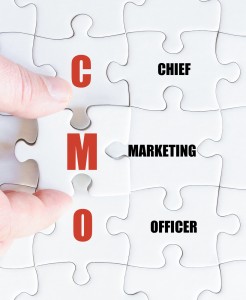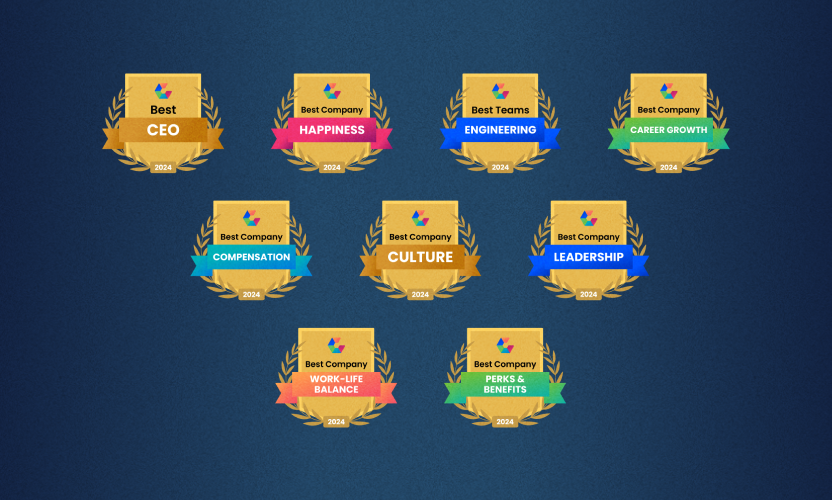
The Ever-Evolving Role of the Chief Marketing Officer
It’s no secret that online forums are more active, authentic, and popular when prospective customers ask questions. Whether those questions are asked of technology, business partners, or current customers, they breathe life into online conversations.It’s the CMO’s job to ensure that customers are engaged in a way that inspires the desire to learn more in today’s information-driven society.To accomplish this, CMOs should not only learn new digital marketing tools, but they should also empower and leverage the entire customer ecosystem. This is the only way to decouple a company’s marketing power. Providing interesting, useful, and shareable content to customers and partners through their mobile devices and over preferred social networks is the key to inspiring productive communication.

The ever-evolving role of the CMOThe role of CMOs today has drastically changed due to the sheer availability of information.“In mathematics, the absolute value of a negative number is always positive, but when it comes to customer satisfaction, a negative review is, well, just that,” said Maria Minsker, associate editor at CRM Magazine. “Price comparison apps, online reviews, and feedback from social media empower consumers and enable them to make decisions based on a wealth of information, leaving marketers with a much more demanding customer base.”Consumers are simply more informed and, as a result, more demanding. As they research, they expect the information they need to be available. If there are any information gaps regarding a product, they’ll simply purchase from a competitor that has presented all the information they need.Unfortunately, CMOs can’t deliver the best customer experience alone because customers have many touchpoints within a company. But thanks to big data and predictive analytics (which enable CMOs to understand and even anticipate customer needs), they can act as the glue connecting all these dots together.CMOs should empower their sales teams or business partners with account-specific and actionable insights — from customer comparisons based on company size, industry, case studies, etc., to competitive comparisons based on existing customer environment, features, pricing, etc., to use cases, ROI assessments, and product usage during the free trial.Most advanced CMOs build their own organisation-specific tools that often include predictive algorithms. These deep insights into customer behaviours and market trends act as catalysts to align the organisation with the customer journey. However, transforming a corporate culture is not a simple task of exchanging information. In delivering change, CMOs are often asked to take an orchestrating role across the organisation to foster customer-centric innovation.Organizational transformation starts with the CMOBecoming an integrated, customer-driven company and creating a sustainable competitive advantage is based on learning from customers and adapting to fulfill their needs. Who could be better positioned than a CMO to lead this transformation? Having all the data collection and predictive analytics to provide the customer insights that will feed an entire organisation is a powerful tool.CMOs have to collect data from different systems in their companies and their partners’ ecosystems. Then, they must cross-analyse the data to discover, interpret, and predict patterns. Thanks to this information, each team can make informed decisions.Furthermore, the product road map design should always take the marketing team’s findings into consideration. For instance, if a company knows the majority of customers are accessing its app via tablets, that will influence the order in which it releases new features on devices. CMOs can look at product usage (especially when offered via SaaS) and provide guidance to the product management teams.CMOs can then further organisational transformation by working with employees who aren’t necessarily in direct contact with customers but whose work affects the customer experience. A good example would be monitoring a SaaS solution’s usage and identifying seasonal usage patterns. This would allow operations to prepare the data center before a spike in demand materialises.Finally, CMOs must share this information with customers and start a two-way exchange. Customers should be able to provide more information and receive an even richer service experience, and employees should be able to improve their own workflows based on these insights. The goal is to create an adaptive, strong, and symbiotic business relationship.The information age has done a lot for both businesses and consumers. Businesses have more access to insights and analytics than ever before, and consumers are able to make more informed decisions. However, the company-consumer relationship has changed so much that it’s imperative for CMOs to adjust their approach accordingly.*The original post appeared in PerformanceIN.





